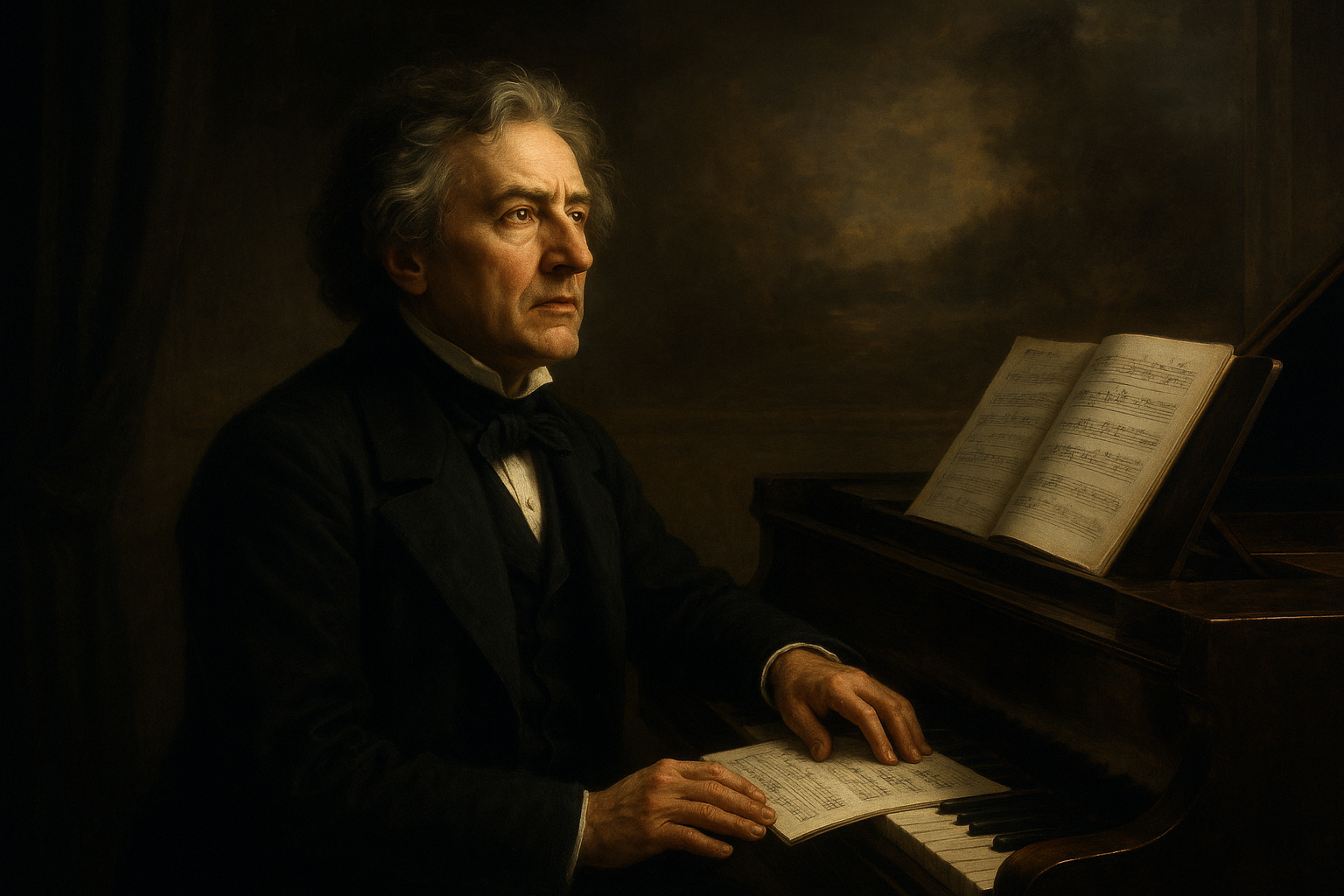Throughout history, composers have often been portrayed not merely as masters of sound but as visionary figures who look beyond the established norm, into the realms of the extraordinary and the unknown. This article explores how certain visionaries in classical music have transformed the art and shaped its future.
Ludwig van Beethoven: The Harbinger of Romanticism
Ludwig van Beethoven is often credited as a pivotal figure transitioning from the Classical to the Romantic era. His music is filled with profound emotional depth and innovative structures. In his Ninth Symphony, Beethoven broke new ground by introducing choral voices to the symphonic form, an idea that was revolutionary at the time. Leonard Bernstein described the symphony as “the central artwork of Western music,” highlighting its monumental influence (Quotes.net).
“Beethoven can write music, thank God, for he is the only composer that can make me think of God.”
Igor Stravinsky: A Modernist Revelation
The early 20th century was marked by an explosion of new ideas, and Igor Stravinsky was at the forefront. His work, The Rite of Spring, premiered in 1913, shocked audiences with its dissonance and complex rhythms. The reaction was so intense that it famously resulted in a riot at its first performance. Stravinsky’s ability to foresee and capture the spirit of modernism secured his place as a seer in the world of music.
“My music is best understood by children and animals.”
John Cage: The Sound of Silence
John Cage challenged the very definitions of music and art with pieces like 4’33”, where performers sit in silence, allowing the ambient sounds of the environment to become part of the experience. Cage famously stated, “When I hear what we call music, it seems to me that someone is talking.” Reflexion on the art of listening transformed contemporary music, demonstrating his profound insight into the potential of silence and soundscape.
Each of these composers exemplifies the role of the composer as a seer, an individual whose insight and innovation push the boundaries of artistic expression. Their ability to envision new possibilities in music continues to inspire musicians and audiences alike, shaping the future of the art form.
Please note, these anecdotes and insights invite deeper exploration into the lives and works of each figure mentioned above. For those interested in further reading, each composer offers a wealth of themes and compositions that can fill entire volumes.
